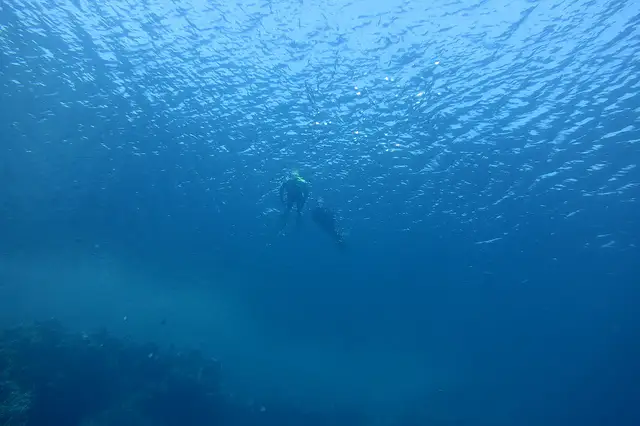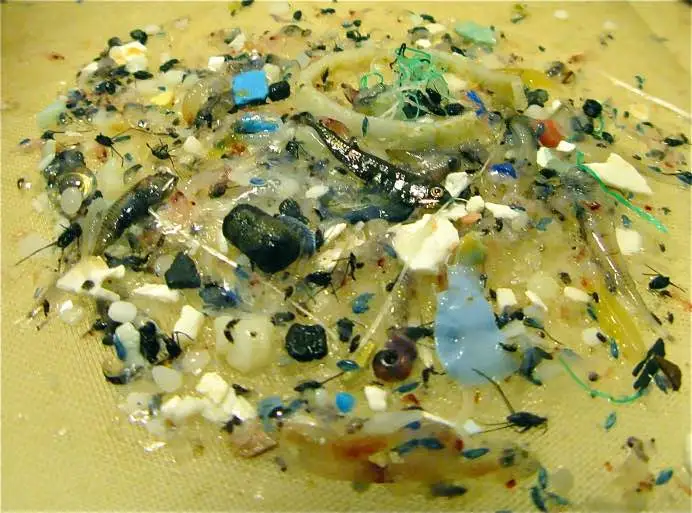Ocean pollution: Crowdsourcing data for advocacy

At the border session festival I had the pleasure to attend a fascinating presentation by Jeroen Dagevos from the Plastic Soup Foundation. He highlighted the extent of ocean pollution by plastic and trash and how his organization uses crowdsourcing data to campaign against it.
The image above shows a crystal clear blue ocean, which looks perfectly clean. If you hear about plastic soup in the sea, you will probably picture, just as I did, just some big pieces of material floating. But reality is that that plastic debris in the ocean is so fine, that you can barely see it.
 Photo 5Gyres - Plastic Soup Foundation
Photo 5Gyres - Plastic Soup Foundation
This nano plastic, which is being eaten by fishes, has found its way back to our food chain. Jeroen Dagevos says 65% of North Sea fishes are contaminated by nano plastics. The challenge to campaign for the issue is at least two-fold: First, the sea (or plastic soup) is mostly too far away and second, nano plastics are barely visible. So the Plastic Soup Foundation analyzes how plastic trash is being created in the first place – in our neighborhood. A good advocacy campaign has evidence of the issue, which requires profound data. But there are no statistics or data for trash in streets.
That's why the Plastic Soup Foundation started a crowdsourcing campaign to measure the distribution of trash through a mobile "Trash Hunter app". This crowdsourcing data approach has led to fascinating results. Thanks to volunteers using the app to take photos of trash, the Plastic Soup foundation was able to collect helpful data about trash. What type of trash is lying around the streets? Who are the brands behind this trash? Jeroen Dagevos showed for example the distribution of cans by brands, which says a lot about what target group is behind it. Or how trash is distributed across different locations.
This data allows now for runnig campaigns and calling on producers, who share the responsibility of how and where their product packaging ends. Crowdsourcing data proofs to be an effective monitoring instrument to pressure producers to act on alerting their consumers on the issue.
These are my take aways from the presentation:
- Crowdsourcing data offers a completely different way to gather evidence using for example mobile phones. Cheap sensor technology will even broaden the possibilities in the next years to come.
- Although it is not easy to mobilize people to gather such data, a critical mass of participants from different locations can give a good overall picture of the situation. I wonder what are the minimum requirements to gain such a critical group of participation?
- With collecting own data comes more responsibility. How good is my data and is it sufficient for a campaign? It is essential to publish the data publicly and openly, including meta data on participation, etc. Unfortunately, I was not able to access the data from the "Trash Hunter" campaign.
- Crowdsourcing data in the long run can be an excellent approach for monitoring and evaluation in various sectors.
There are also many other interesting examples of crowdsourcing data, such as the monitoring the radioactive level during the Fukushima crisis or governments using crowdsourcing data to locate potholes.
Often, there is a false assumption that we have a lot of evidence and data about challenges in our society. But in reality we know little about many issues, let alone have data. We have just started exploring the potentials of crowdsourcing data to shed some light into these pressuring issues.